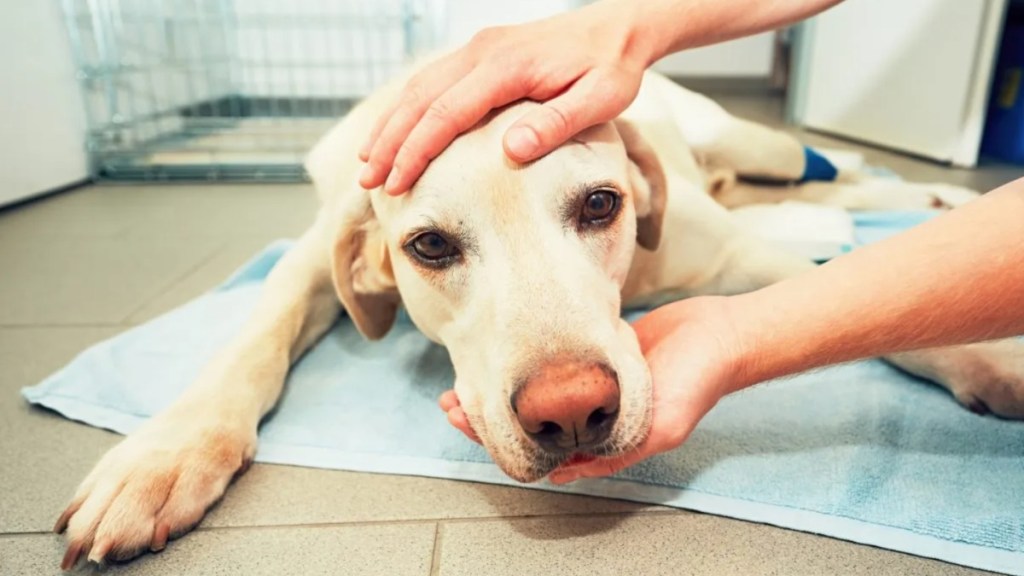Dogs are more susceptible to various forms of cancer than many may think, and this reinforces the necessity for early detection mechanisms such as dog cancer screening tests. Certain breeds have proven to be more prone to specific types of cancer than others and recent studies reveal that about half of all dogs over the age of 10 develop some form of cancer.
Non-invasive test allows for dog cancer screening
Researchers from various fields in the College of Engineering, College of Agriculture and Life Sciences, and the Virginia-Maryland College of Veterinary Medicine have collectively developed a ground-breaking non-invasive screening method. This rapid test utilizes a dog’s urine sample to potentially detect the early stages of cancer, revolutionizing the dog cancer screening methods currently in practice. This development — now published in Frontiers in Veterinary Science — is promising given that the three genomic blood tests available for screening only identify tumor or cancer proteins.
As Virginia Tech reports, the team targeted the most common forms of dog cancer — such as lymphoma — using a novel application of Raman spectroscopy to sample urine. The analysis showed that cancerous subjects possessed a unique molecular fingerprint — a key to determining cancer presence.
Ryan Senger, an associate professor at the Department of Biological Systems Engineering explained, “If a new patient comes into the clinic and provides a urine sample, we can compare it against our database of urine scans to determine if the sample more closely matches a cancer fingerprint or a healthy fingerprint.” Continuing, he added, “With the research that we have done so far, we were more than 90 percent accurate at being able to tell if a new sample had a cancer fingerprint or a healthy fingerprint.”
This breakthrough stands to significantly improve existing screening procedures. Unlike the current blood tests which are roughly 60% accurate, expensive, and require laboratory conditions, this new method promises quicker results, and, as a non-invasive measure, can potentially be performed at home.









